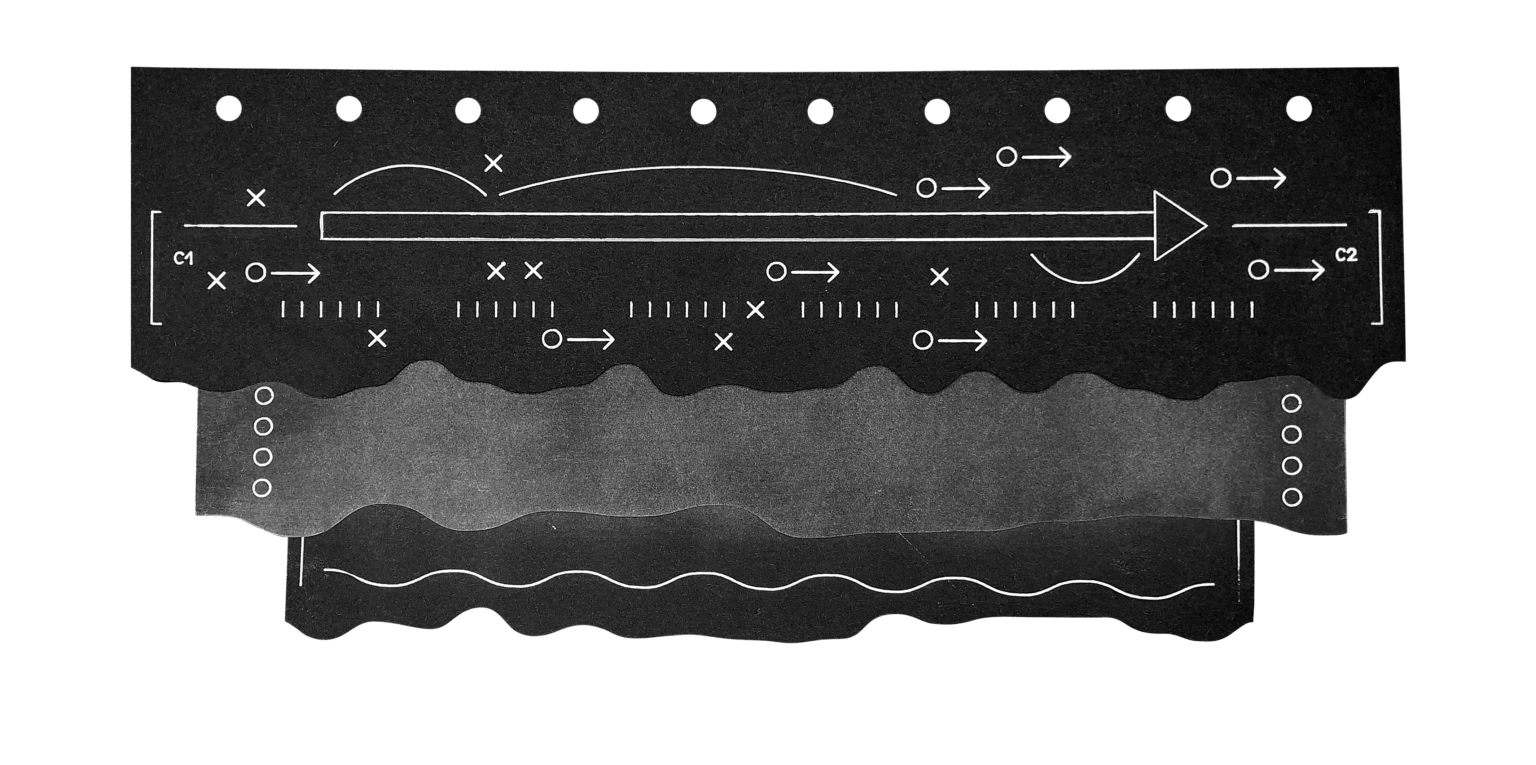Strata, Signals, Symptoms

What marks the markers? This final dossier takes a step back from the particular cases and immediate historical contexts behind the Anthropocene to reflect on and theorize about some of the fundamental cultural shifts that accompany its demarcation. It encompasses contributions that aim at a more categorial reflection on what the foundations and limits are in telling the story of our planetary moment. What are the medial foundations for arresting a boundary in time? Has geology always been a reading of social signs and what is the indexical quality of geological markers? Is Anthropocene stratigraphy, after all, just a futile exercise in view of the coming catastrophe? How is our present defined both by the cultural abundance of the past and the scarcity of the future?
Over more than a decade, the term and concept of the Anthropocene has roused many debates and controversies. Whereas the Anthropocene Working Group aims to chart the beginning of the Anthropocene by mapping and documenting an unambiguous array of material indicators according to the formal criteria of chronostratigraphy, the concept wallows a much more muddled discursive space beyond the geosciences. While there is no denying the evidence for grave ecological changes the term seeks to name, its Western framing and historical novelty has been problematized, and much attention spent on the correct indexing of sources, origins, and culprits.
At times, however, this competitive struggle over interpretative authority seems to forget that Anthropocene stratigraphy and Anthropocene contextualization find themselves aligned in their expert discernment of signs. Anthropocene text (in the strata) and Anthropocene context (in the discourses around it) converge. Where the search for signals meets the identification of symptoms, a productive space of mutual reflection on the symbolic conditions for sorting, dating, naming, and marking the Anthropocene can arise.
This dossier engages in creating and replenishing such spaces where the Anthropocene signal finds a companion—not an enemy—in the semiosphere. The semiosphere, a term coined by Juri Lotman in response to Vladimir Vernadsky’s concept of the biosphere, is the web of significance that creates relations in and between societies.
Can the semiosphere, now roiled in a moment of radical expansion taking it far beyond the edges of Holocene consciousness, also help us to prevent the demise of the biosphere—the web of life—in the Anthropocene?
